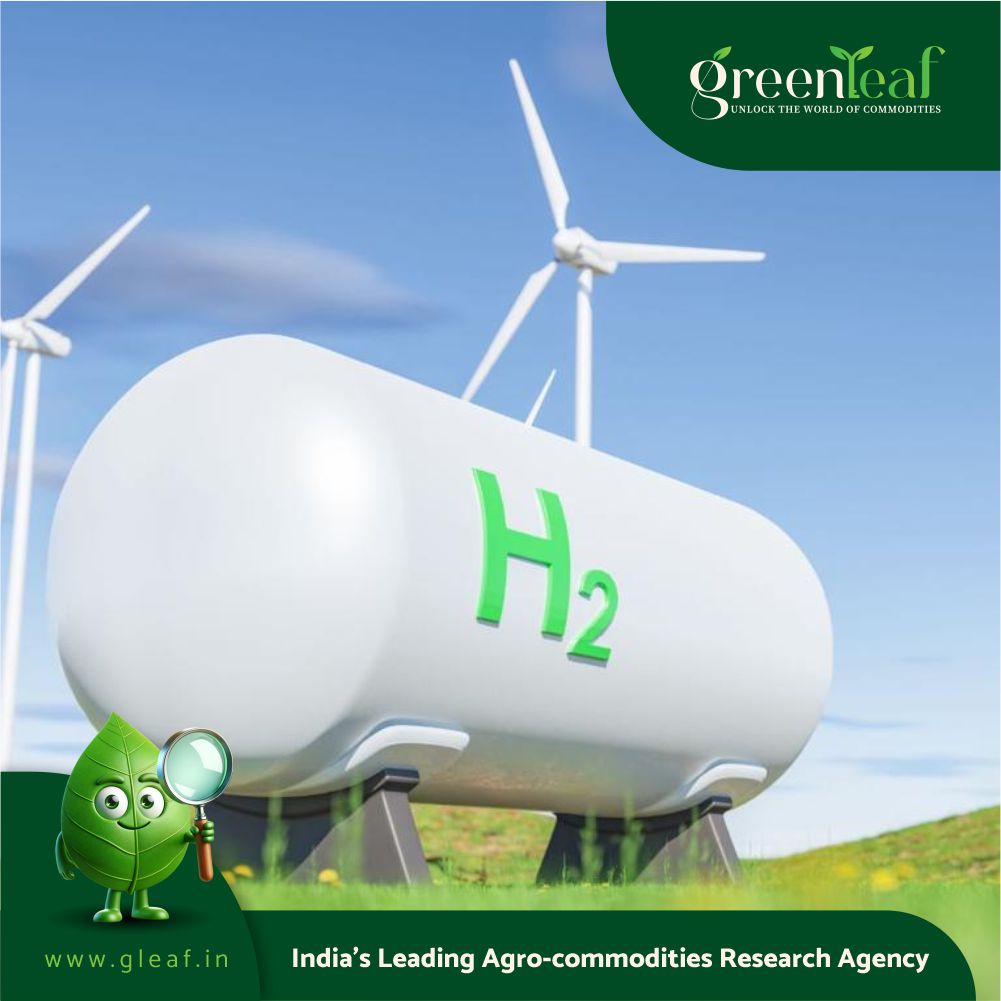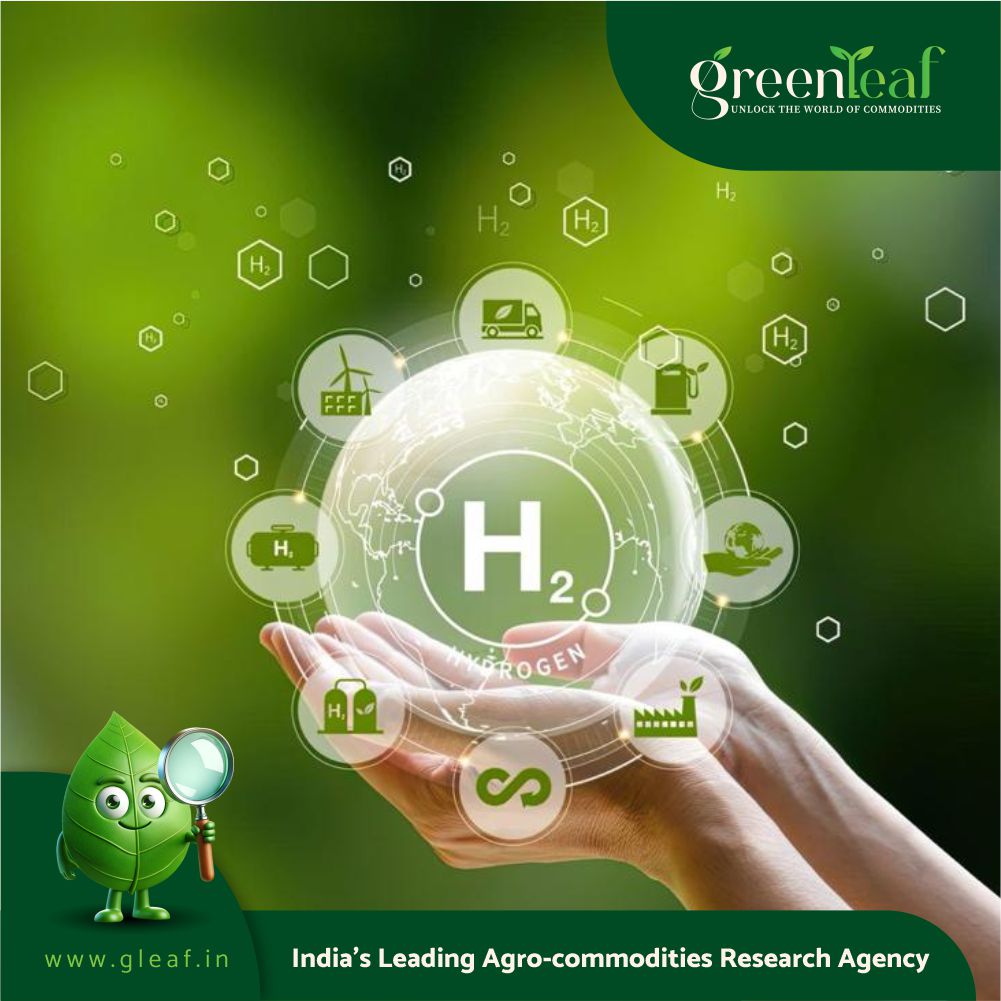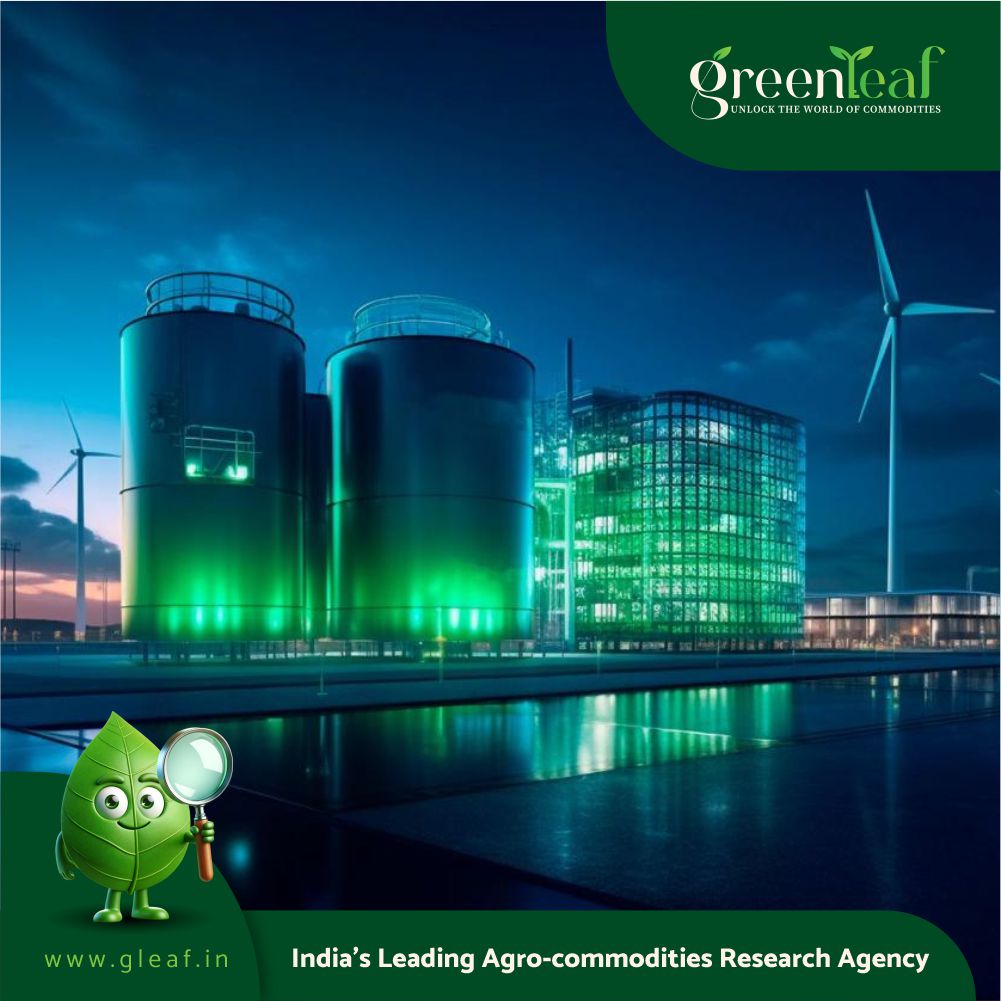Indian ports are uniquely positioned to lead, reshaping both the national and global green hydrogen and maritime landscapes. The government has designated Deendayal Port, Paradip Port and VO Chidambaranar (VOC) Port located in Gujarat, Odisha and Tamil Nadu, respectively, as green hydrogen hubs. Industry leaders have also committed over ₹1.5 lakh crore in investments across the ports-linked value chain.
Recent market signals further strengthen India’s competitiveness. The SECI green ammonia tender for the fertilizer sector achieved price discoveries averaging around $600 per tonne, nearly 45 per cent lower than comparable global auctions such as Germany’s, setting new international benchmarks. Similar trends are expected for green methanol, reaffirming India’s potential as a cost-competitive producer of green e-fuels. Ports offer several advantages as green hydrogen hubs, including proximity to industrial clusters, established infrastructure, and access to international markets.
The shift provides an opportunity for ports to become Asia’s new gateway for green shipping fleets. The recently launched report, ‘Gateway to Green’ —assessing port readiness for green hydrogen transition to India, published by RMI and the Indian Port Association (IPA) — offers insights into Indian ports’ infrastructure and investment requirements to transition into green hydrogen hubs. It also outlines actions that port authorities must take to capitalise on these opportunities.















